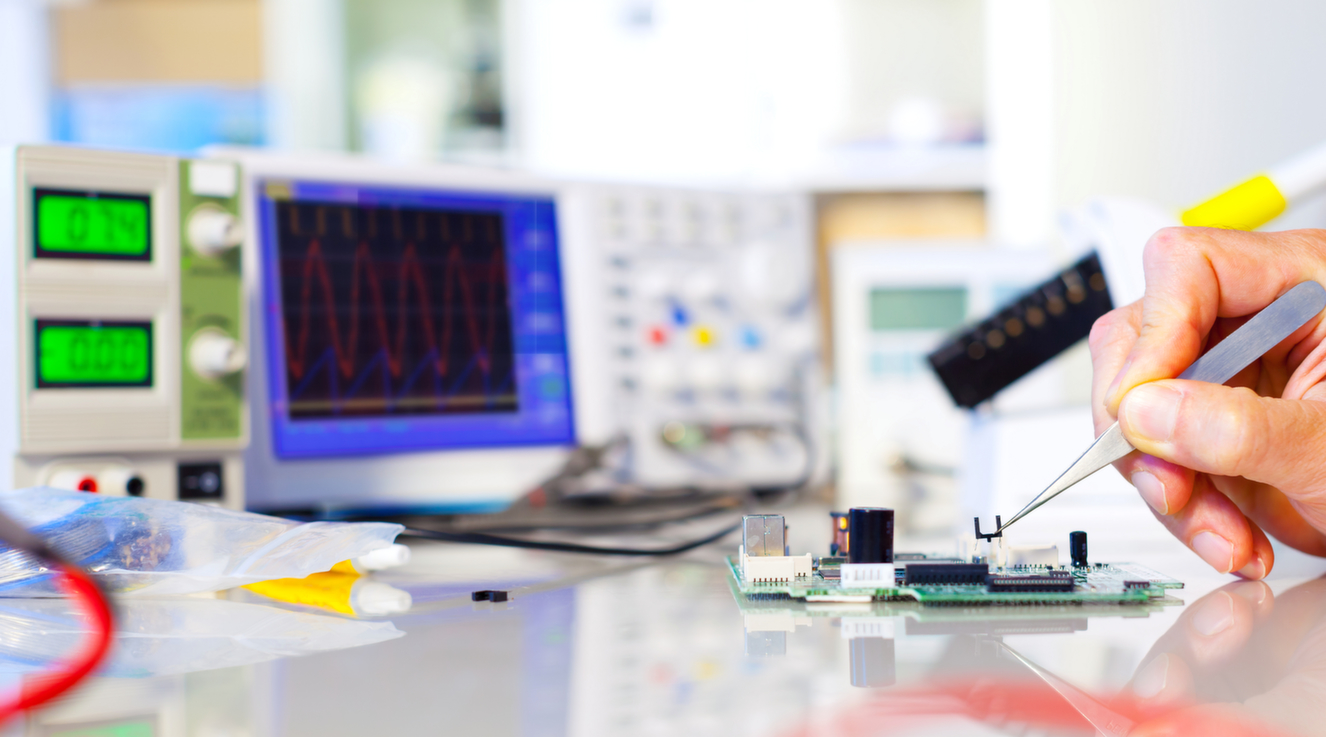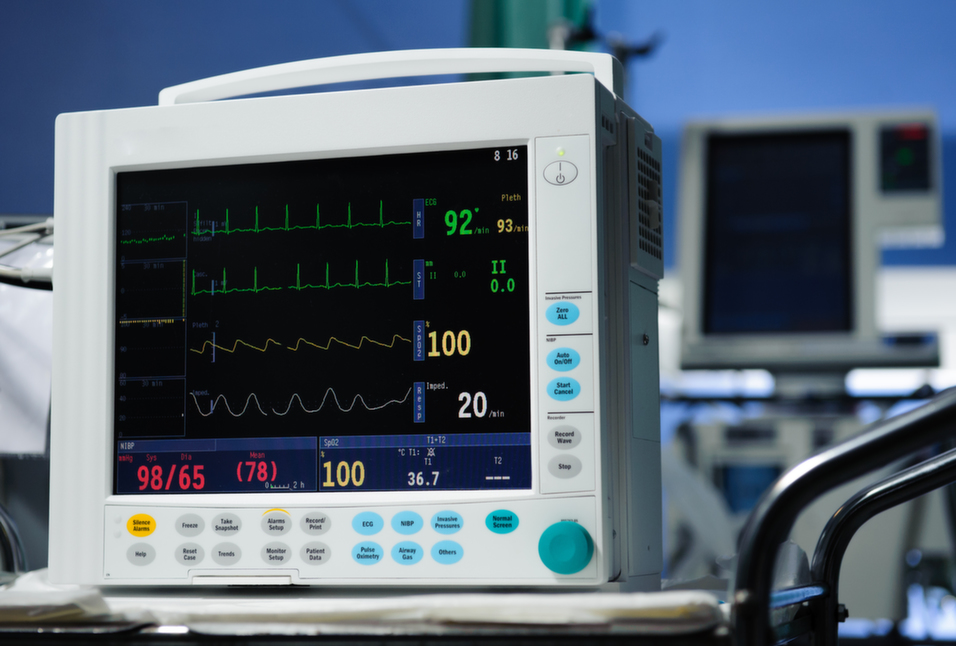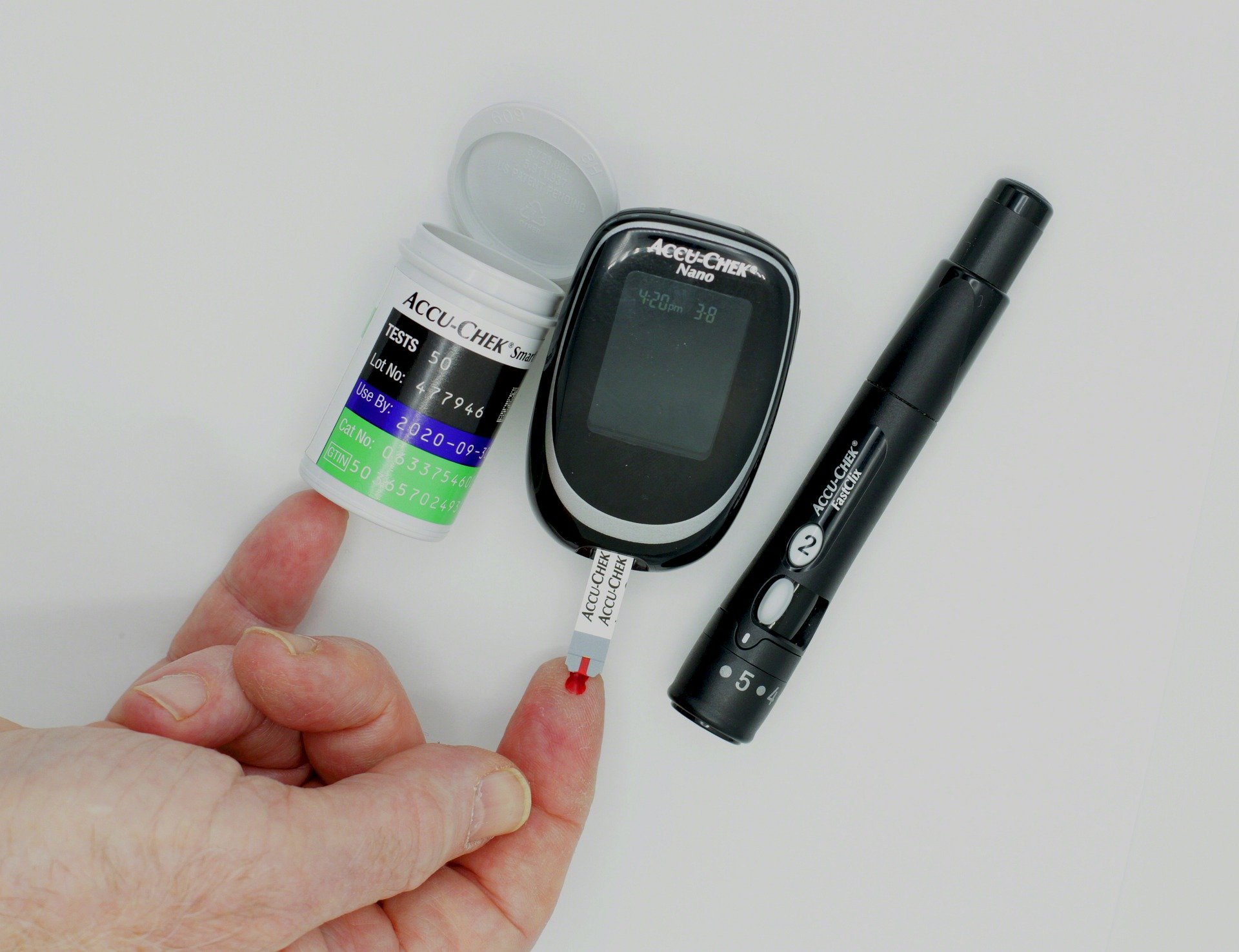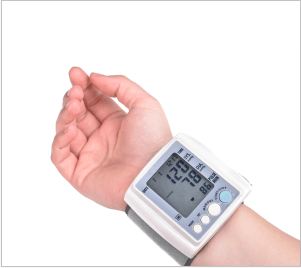An Overview of Non-Invasive Medical Electronics
Non-Invasive Medical Devices cater to not just solution specifications and functions to satisfy users’ needs but addresses healthcare regulatory compliances. This blog provides a comprehensive an overview on the various types of Non-Invasive Medical Electronics currently in use.
Introduction
In today’s world, technology plays an important role in every industry as well as in our personal lives. Needless to say, medical and healthcare is one of the domains where technology is playing a crucial role. The integration of the latest technologies and several scientific innovations in Non-Invasive Medical Devices development is hugely enabling the healthcare industry by providing cutting-edge Medical diagnosis and treatment procedures, saving countless lives across the globe. The advancements in Non-Invasive Medical Electronics has introduced miniaturization and enhanced applications, specifically in the areas of medical data acquisition, storage, and analysis. These advancements in Non-Invasive Medical Electronics are aiding physicians in quick diagnosis, continuous monitoring, and providing better treatments. One of the reports from Markets and Markets shows that the estimated medical electronics market in 2019 was USD 5.1 billion and the study projects it to reach USD 6.6 billion by 2025, at a CAGR of 4.6%.
What is Medical Electronics?
One of the most extensively growing fields in today’s era is the Medical Electronics or Medical Electronics Devices. “Medical Electronics” is the study of electronic  instruments and devices that are used for diagnosis, therapy, research, surgery, monitoring & analysis of the patient’s health. Medical Electronics is a perfect amalgamation of embedded systems, software applications and medical science to improve healthcare services. With embedded technology, the physicians can obtain the medical reports of the patient instantly, view them on embedded software-driven electronic devices, monitor the patient, and give consultation remotely without any hassle.
instruments and devices that are used for diagnosis, therapy, research, surgery, monitoring & analysis of the patient’s health. Medical Electronics is a perfect amalgamation of embedded systems, software applications and medical science to improve healthcare services. With embedded technology, the physicians can obtain the medical reports of the patient instantly, view them on embedded software-driven electronic devices, monitor the patient, and give consultation remotely without any hassle.
Non-Invasive Medical Electronics Devices
Medical Electronics Product Development constitutes a wide range of medical devices, which can be classified into two categories, namely – Invasive Medical Devices and Non-invasive Medical Devices. Medical devices such as an endoscope, Cardiac Pacemakers, and Biosensors, laparoscope that break through the skin or inserted through a body cavity (nose, mouth, etc.) to screen, analyze or support one or more body functions are termed as Invasive Medical Devices. Vital sign monitoring devices such as ECG, Glucometer, Digital/IR Thermometer, Digital Stethoscope, and imaging devices such as MRI, CT Scan, and other life support medical devices, used in diagnosis and treatment without penetrating the body are termed as Non-invasive Medical Devices. Many of these non-invasive medical electronics are nowadays available in compact form factors and support regular or continuous monitoring at home.
Types of Non-Invasive Medical Devices
Medical device product development is the process of turning a medical device concept into a commercially viable product. Medical devices requires specific stages to be followed to ensure design control so that the product is both effective and safe for use. As a result, this covers the entire product development cycle, from medical device design to clinical trials, and risk management to manufacture. Some of the Non-invasive Medical devices can carry an inherent risk as these devices may impact the health of patients. Thus, the process of medical device design and development has to adhere to regulations, specifications and user requirements to ensure that the device safe and effective for commercial application. Listed below are a few of the popularly known non-invasive medical devices .
CT Scan and MRI – Computed Tomography (CT) scanners and Magnetic Resonance Imaging (MRI) are medical imaging techniques used in radiology to non-invasively scan the body. CT Scan uses X-rays to scan the body part from different angles and produce the cross-section images whereas MRI scanner uses strong magnetic fields and radio waves to generate a detailed image of soft tissues and bones of the body. Both the scanners are painless and help the physician to diagnose issues w.r.t bone fractures, tumours, cancers, etc., without breaking through the skin. They provide detailed information about the condition of the patient to the doctors.
ECG – Electrocardiogram (ECG) is an Non-invasive medical devices that monitors the activities of the heart and provide full disclosure  ECG signal, complete data, analysis as well as comprehensive reporting of the patient’s condition. The electrodes are placed at various points on the patient’s torso and the sensor detects the electrical activity of the heart, records the electrical signals, and displays the comprehensive data on the digital screen. There are various types of ECG machines right from the large 12 Lead ECG machine to handheld, wireless ECG. Medical device design and development like wireless ECG, enable the result to be shared with the doctor for supervising the heart rate variability of a patient, remotely.
ECG signal, complete data, analysis as well as comprehensive reporting of the patient’s condition. The electrodes are placed at various points on the patient’s torso and the sensor detects the electrical activity of the heart, records the electrical signals, and displays the comprehensive data on the digital screen. There are various types of ECG machines right from the large 12 Lead ECG machine to handheld, wireless ECG. Medical device design and development like wireless ECG, enable the result to be shared with the doctor for supervising the heart rate variability of a patient, remotely.
Electronic Fetal Monitoring (EFM) Machines – During pregnancy, labour, and delivery of the baby, the heart rate of the baby, maternal uterine activity such as the strength of the uterus and the duration of the contractions of the uterus is monitored to help the physicians assess Fetal well-being before and after labour. The medical device design and development and related Medical Device Software Development of these machines consist of a monitoring unit, cables, electrodes and algorithms to measure record and display the Fetal Heart Rate (FHR), uterine contraction, maternal BP, and heart rate during delivery.
Defibrillators – Defibrillators are used by physicians to monitor a patient suffering from cardiac issues. The defibrillator analyses the patient’s heart for inconsistent rhythms and restores a normal heartbeat, when necessary, by gently sending electric shock. They are also used to restore the heartbeats of a patient if the heart suddenly stops functioning.
Glucometer: A portable device to check the blood sugar  level of the patient. The wireless smart glucometer measures the glucose levels in the blood and displays them on smartphones. It is a technique where the lancet lightly prinks the skin to obtain the blood. The device detects the glucose concentration in the blood and converts into a voltage using special sensor strips. The current flowing through the circuit provides a measurement of the concentration of hydrogen peroxide, displaying the glucose concentration on the digital screen or sending it to a smartphone.
level of the patient. The wireless smart glucometer measures the glucose levels in the blood and displays them on smartphones. It is a technique where the lancet lightly prinks the skin to obtain the blood. The device detects the glucose concentration in the blood and converts into a voltage using special sensor strips. The current flowing through the circuit provides a measurement of the concentration of hydrogen peroxide, displaying the glucose concentration on the digital screen or sending it to a smartphone.
IR thermometers – The Infrared (IR) thermometer, sometimes called Laser thermometers is used to help aim the thermometer for measuring the temperature of a patient from a distance. The thermometer includes a lens to focus the IR thermal radiation on to a detector, captures the radiation, and converts it into an electrical signal and displays in units of temperature on the compact screen.
Digital stethoscope – A palm held stethoscope is the smallest and most powerful and comfortable device which uses audio headphones to hear the heartbeat. It has a microphone in the chest piece which allows a doctor or clinician to accurately understand the pathology behind the heartbeats. It can convert an acoustic sound to electronic signals and amplify it for optimal listening. These signals can be digitized and transferred to either laptops or computers for diagnosis.
Blood Pressure monitors –  BP monitors can either be placed on the upper arm or wrist. The sensors present in the device detect the arterial wall vibrations, converts the analog signals to digital, and display the result on the LCD screen.
BP monitors can either be placed on the upper arm or wrist. The sensors present in the device detect the arterial wall vibrations, converts the analog signals to digital, and display the result on the LCD screen.
Blood Oxygen Monitor – SPO2 or Pulse Oximeter, this device estimates the amount of oxygen in a patient’s blood. It is a painless process of emitting and absorbing an infrared light wave passing through the capillaries of fingertip, toe, or earlobe. A variation of the light wave passing through the blood vessels (or capillaries) is used to determine the SPO2 level and the result is processed into a digital display of oxygen saturation on the monitor.
External cardiac pacemaker – The pacemaker is a small medical device that is used to treat arrhythmia. The device is placed on the patient’s chest to maintain an adequate heart rate. It generates electrical pulses delivered by the sensors called electrodes which detects the patient’s heart rate and accelerates it to contract and pump the blood when the heartbeat is abnormal. The modern pacemakers are extremely programmable and are expertise in optimizing the pacing modes for individual patients.
The modern pacemakers can also monitor the blood temperature, breathing, and adjust the heart rate with changes to the activity of a patient. Many of the above mentioned non-invasive medical devices are available in multiple formats and also support home health care and remote monitoring. Some of these store data in the cloud and the information is accessible to doctors to provide continuous monitoring and guidance to the patients.
Conclusion
The non-invasive medical electronics industry has advanced to the extent that individuals can now monitor their health at home using sophisticated equipment. With the bloom of Industry 4.0, Internet of things, Artificial Intelligence and Medical Device Software Development, the future looks great for non-invasive medical electronics. Read our blog “Trends in Medical Electronics” to know more about the impact on these technologies on Medical Electronics. Mistral has extensive expertise in design and development of non-invasive medical devices that support and aid medical professionals in data acquisition and communication.
Our experience in AR/VR designs and IoT along with expertise in a broad range of platforms, Mistral brings invaluable processor/operating system/testing/ system validation expertise to the medical device design and development process. The non-invasive medical electronics team at Mistral facilitates medical product development through all phases – from initial concept generation to proto manufacturing and production support. Mistral’s medical device product development team also offer medical device software development including integration of medical sensors, porting, and application development.




